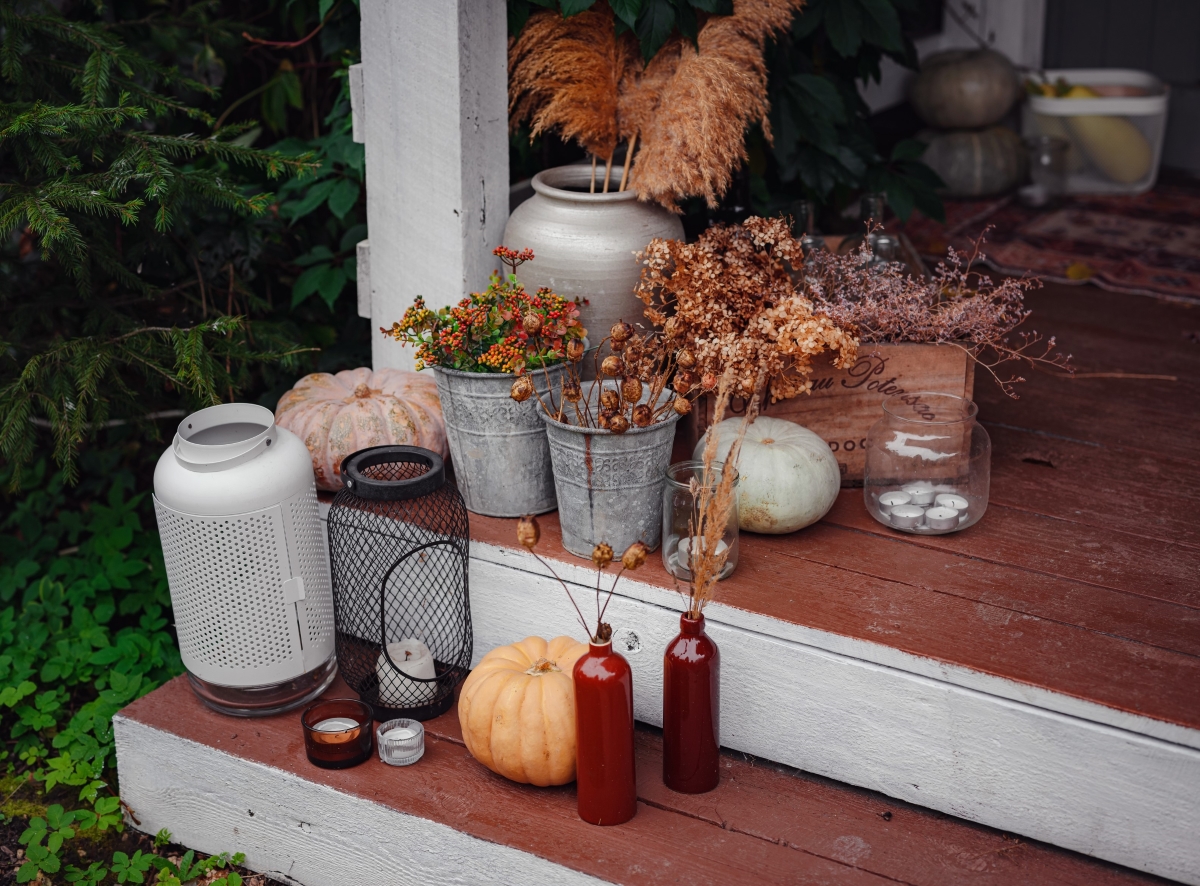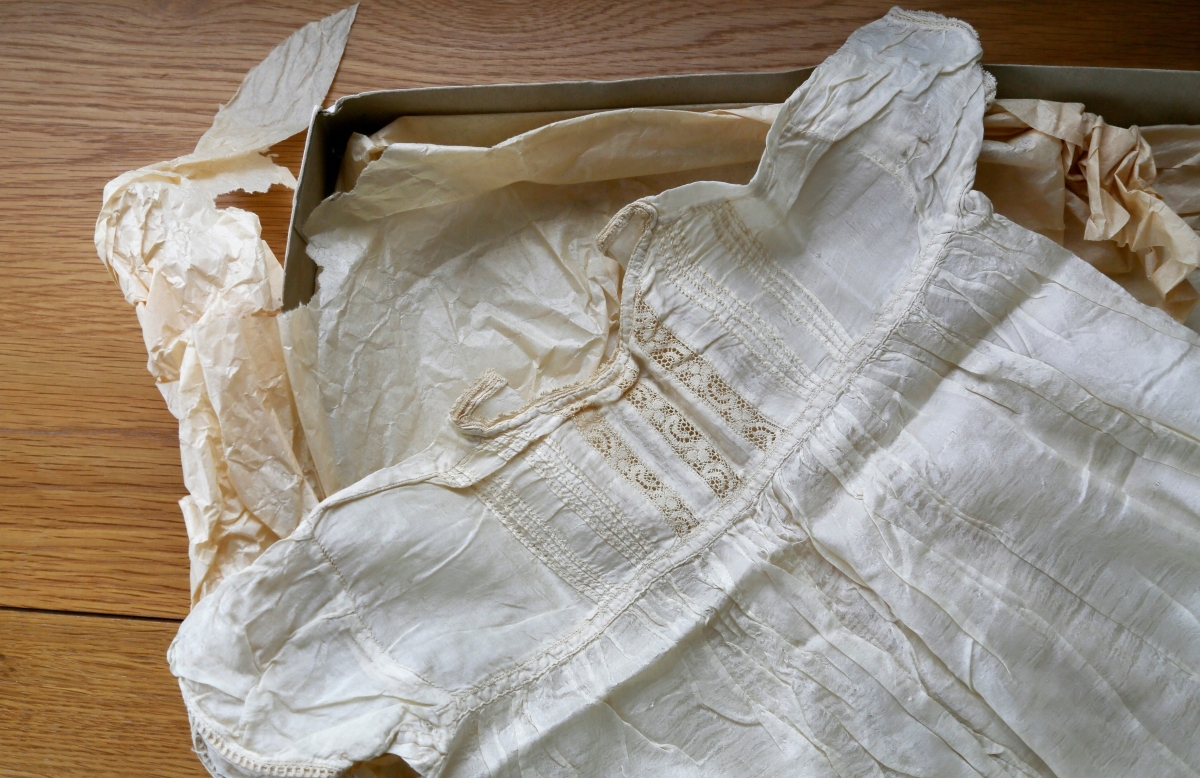Memory Keeping: How to Preserve Family Stories and Heirlooms

Family memories and heirlooms are more than just keepsakes. They are the ties that bind generations, the stories that give context to our present, and the traditions that pass down wisdom. Preserving these memories is an act of love, ensuring that future generations understand where they come from and how their ancestors lived. Whether it’s an old letter from a grandparent, a piece of jewelry, or a cherished story passed down through oral history, memory-keeping allows us to capture and pass on the essence of family.
In this comprehensive guide, we will explore the various methods for preserving family stories and heirlooms, highlighting the importance of these keepsakes and providing practical tips for seniors looking to ensure their memories and possessions are protected for future generations.
Why Family Stories and Heirlooms Matter

Family stories and heirlooms serve as tangible connections to the past. They remind us of the sacrifices, joys, and experiences that shaped our ancestors’ lives and, in turn, our own. These elements provide emotional grounding and foster a sense of identity within a family. When we hear about the struggles and triumphs of our ancestors, we better understand our own place within the family’s narrative. Moreover, stories and heirlooms often carry traditions, values, and cultural practices that define a family’s legacy.
Beyond sentimental value, these mementos serve as teaching tools, guiding younger generations through the lessons of the past. An heirloom quilt, for instance, may have been stitched during a difficult time, representing the perseverance of the family. A war medal could tell the story of bravery, while an old recipe book may bring together flavors that have spanned generations. These objects and stories provide continuity, linking the past with the present and helping younger family members feel connected to their roots.
Collecting Family Stories

1. Start with Interviews
One of the most effective ways to preserve family stories is through interviews. Begin by sitting down with older family members, such as parents, grandparents, aunts, and uncles, and asking them to share their stories. The art of storytelling is often the key to uncovering the family’s most treasured memories. Not only does this give seniors a chance to relive and reflect on their experiences, but it also allows you to capture their memories for future generations.
Be sure to approach these interviews with care. Choose an environment where the person feels comfortable and avoid rushing through the conversation. Ask open-ended questions like, “What were your childhood memories?” or “What family traditions were the most important to you?” You can record these conversations using a smartphone, camera, or voice recorder, allowing you to preserve their words and tone.
2. Documenting Milestones and Events
Family reunions, weddings, holidays, and other gatherings are rich with stories. These occasions offer a great opportunity to capture memories naturally and spontaneously. Photos, videos, and written reflections during these events can help document how the family grows and evolves. Encourage family members to share their memories and reflections on these milestones as they unfold.
3. Utilizing Technology for Story Preservation
The digital age offers a variety of tools for preserving stories. Smartphones, tablets, and computers can all be used to create and store family memories. Applications like StoryCorps and software such as Microsoft OneNote or Evernote provide platforms to store digital stories, photos, and videos in one organized place. Once captured, these digital archives can easily be shared with the entire family, ensuring everyone can access these important memories.
Preserving Physical Heirlooms

1. Identifying Valuable and Sentimental Items
Heirlooms can range from large furniture pieces to small trinkets, each with a story to tell. To begin preserving heirlooms, identify which items hold sentimental or historical significance. Consider what these items represent. Is it a wedding ring passed down through generations? A hand-carved chest made by a great-grandparent? Smaller items like letters, postcards, or children’s drawings can have deep emotional value.
2. Proper Storage and Care for Heirlooms
Once you’ve identified important items, storing and caring for them is crucial. Photos and letters should be kept in acid-free boxes or albums to prevent deterioration. Climate control is important for delicate items like old fabrics or antique books to avoid damage from humidity or temperature changes. For jewelry, cleaning and regular inspections can help prevent tarnishing or damage over time. If you have heirloom furniture, try to keep it in a space without exposure to harsh sunlight or moisture.
Labeling each item with a brief note about its significance ensures future generations understand its importance and can make informed decisions about its care.
3. Restoration and Repair of Heirlooms
Restoring heirlooms can give new life to cherished possessions. Whether it’s reupholstering an old chair, restoring a tarnished piece of jewelry, or repairing old photos that have faded, some professionals specialize in heirloom restoration. For items that hold great sentimental value, it’s often worth the investment to restore them, ensuring they can be passed down for years to come.
Digital Preservation of Memories

1. Digitizing Family Photos, Videos, and Documents
As time passes, physical objects like photos and documents may degrade. A key aspect of preserving family memories is to digitize these items. Scanning old photographs, converting home videos from VHS to digital formats, and saving written documents onto a computer can safeguard them from physical deterioration. There are many services and DIY methods available for digitizing your precious memories, ensuring they’re preserved for future generations.
2. Creating a Digital Family Archive
Organizing your family’s digital memories is just as important as preserving them. Creating a digital family archive allows you to store and access memories in one place. Cloud services such as Google Drive, Dropbox, or dedicated family history software provide the ability to safely store photos, videos, and documents with automatic backups. For those interested in creating a more interactive experience, developing a family website or digital scrapbook can bring family history to life.
3. Utilizing Online Genealogy Tools
Genealogy platforms like Ancestry.com or MyHeritage offer resources to help you trace your family tree. These services help preserve your family’s history and connect you with distant relatives who may have additional stories or heirlooms to share. Adding documents and stories to these platforms ensures your family’s history is preserved in a broader context.
Sharing Family Stories and Heirlooms

1. Storytelling with Future Generations
Storytelling remains one of the most powerful ways to connect generations. Sharing stories with younger family members can spark their interest in family history and create a deeper appreciation for their heritage. Making storytelling interactive—by showing pictures, videos, or even cooking family recipes—can keep younger generations engaged and invested.
2. Creating a Family Memory Book
A memory book can be a creative and collaborative project. It can include photos, written stories, and descriptions of heirlooms. Each family member can contribute to this book, adding their memories and perspectives and creating a rich tapestry of family history.
3. Passing Down Heirlooms
Passing down heirlooms thoughtfully ensures that their significance is understood. Explaining the stories behind each object to the next generation and letting them choose which items resonate with them can keep the memory tradition alive.
Conclusion

Preserving family stories and heirlooms is an act of love and responsibility. It offers future generations a window into the past, giving them a deeper understanding of their identity and heritage. As seniors, taking the time to preserve these memories is a meaningful way to ensure your legacy endures. Whether through storytelling, heirloom preservation, or digital archives, your efforts will keep your family’s history alive for years.





